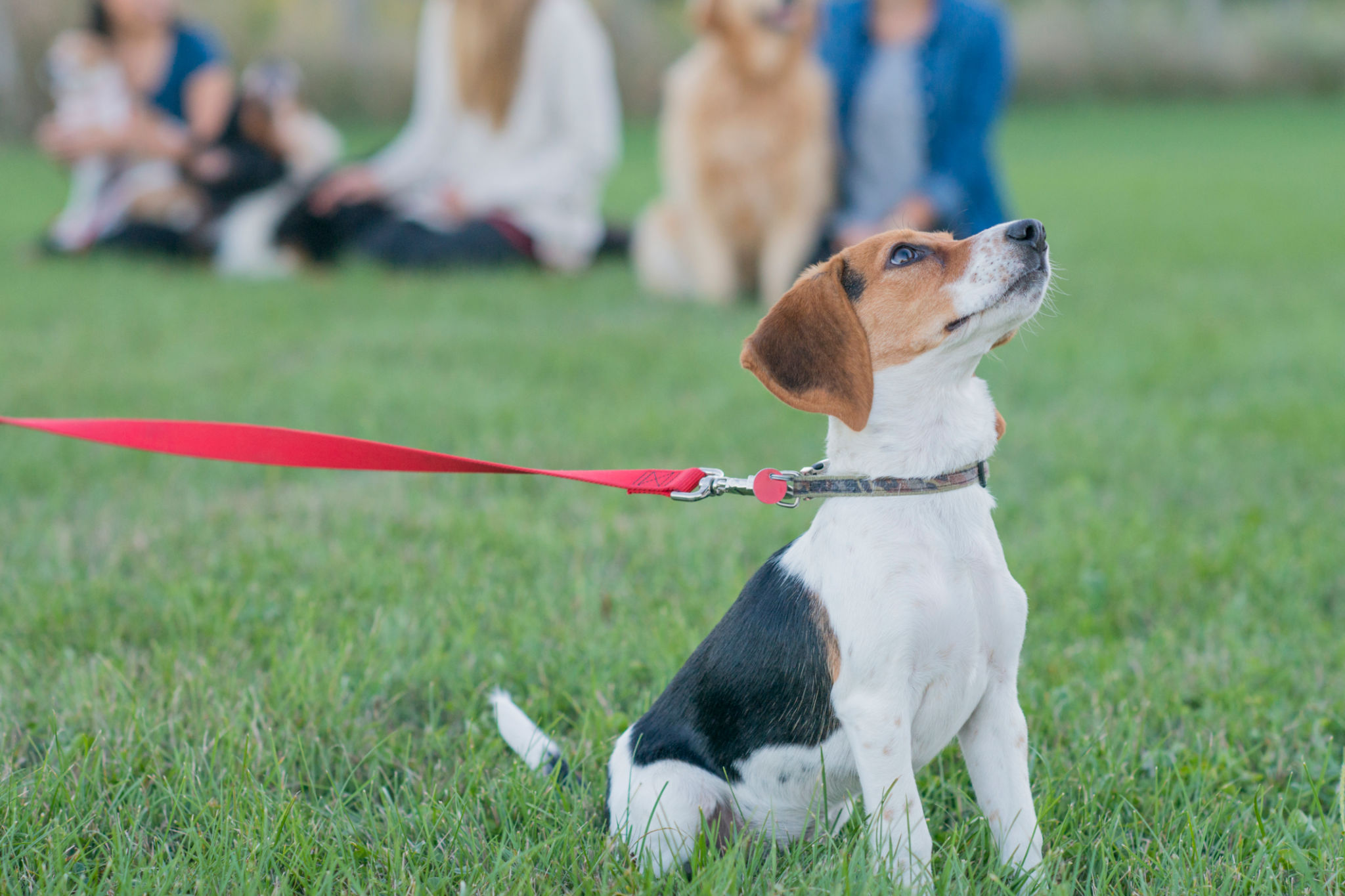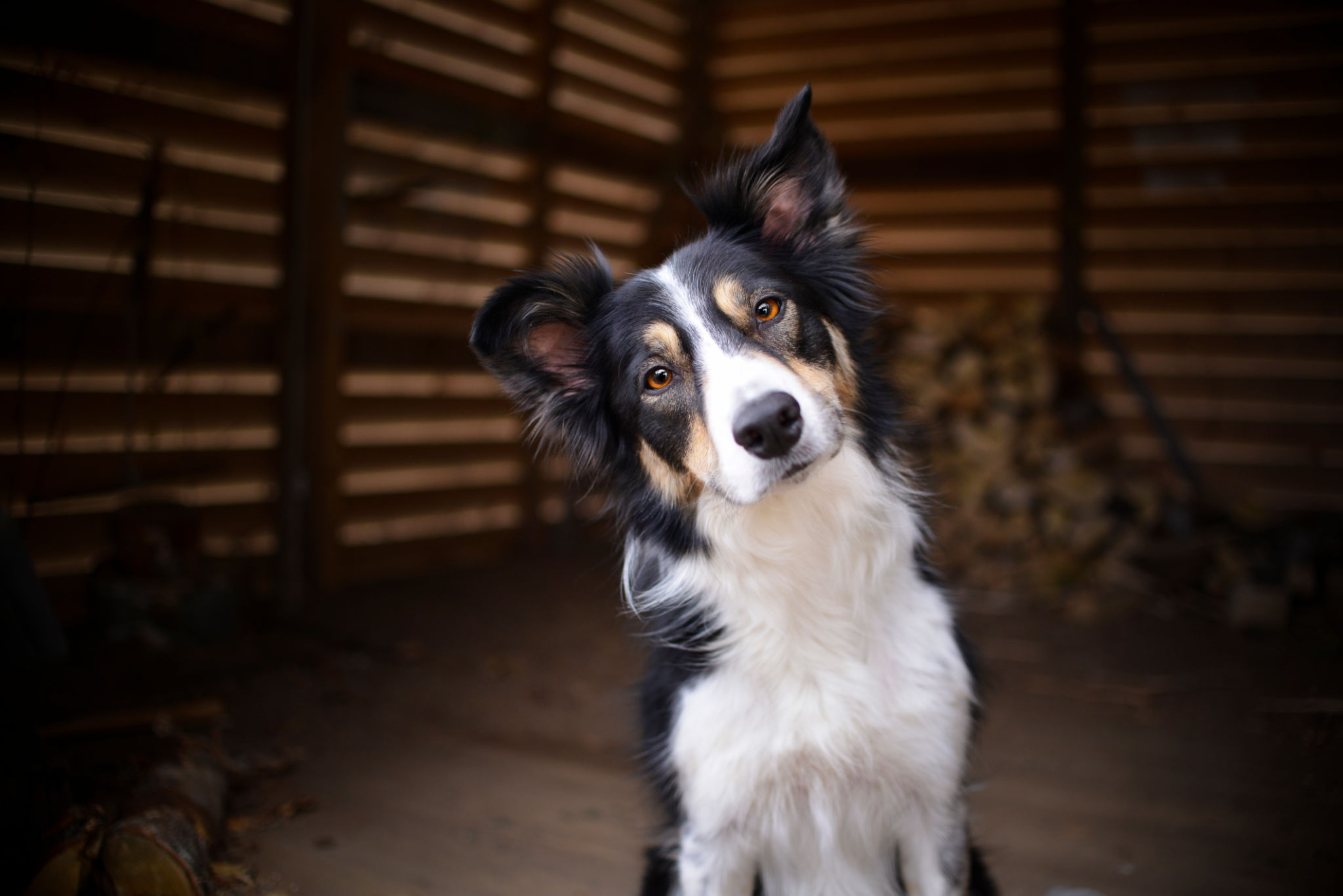5 Common Dog Training Mistakes and How to Avoid Them
Understanding the Basics of Dog Training
Training a dog can be a rewarding experience, but it's important to approach it with the right knowledge to avoid common pitfalls. Many dog owners make mistakes that can hinder their pet's learning process. By understanding these mistakes, you can ensure a smoother and more effective training journey.
1. Inconsistency in Training
One of the most frequent mistakes is being inconsistent with commands and rules. Dogs thrive on routine and consistency. If one day you allow your dog on the sofa but scold them the next, it creates confusion. To avoid this, establish clear rules and stick to them consistently. Ensure that everyone in the household follows the same guidelines to reinforce learning.

2. Neglecting to Use Positive Reinforcement
Some owners overlook the power of positive reinforcement, opting instead for punishment-based methods. This approach can lead to fear and anxiety in dogs. Instead, reward your pet with treats, praise, or playtime when they exhibit desired behaviors. Positive reinforcement strengthens the bond between you and your dog and encourages them to repeat good behaviors.
3. Lack of Patience
Patience is crucial in dog training. Expecting instant results can lead to frustration for both you and your pet. Every dog learns at their own pace, and some may take longer to grasp certain commands. Remain patient and persistent, and celebrate small victories along the way. Remember, training is a marathon, not a sprint.

Effective Communication with Your Dog
4. Overloading Your Dog with Commands
Bombarding your dog with too many commands at once can overwhelm them. It’s essential to focus on one command at a time until it’s mastered before moving on to the next. Use simple language and clear signals to avoid confusion. Repetition is key, but ensure it's not excessive to maintain your dog's interest.
5. Ignoring Body Language
Dogs communicate a lot through body language, and ignoring these signals can be detrimental to training. Pay attention to signs of stress, discomfort, or excitement in your dog. Understanding their body language helps you tailor the training approach to their needs and ensures a positive experience for both you and your pet.

By avoiding these common mistakes, you set the stage for a successful training experience. Remember that every dog is unique and what works for one might not work for another. Stay patient, observant, and consistent in your training efforts, and you'll see progress over time.
Incorporating these tips into your training regimen will not only enhance your pet's learning but also strengthen the bond you share with your furry friend. Happy training!
